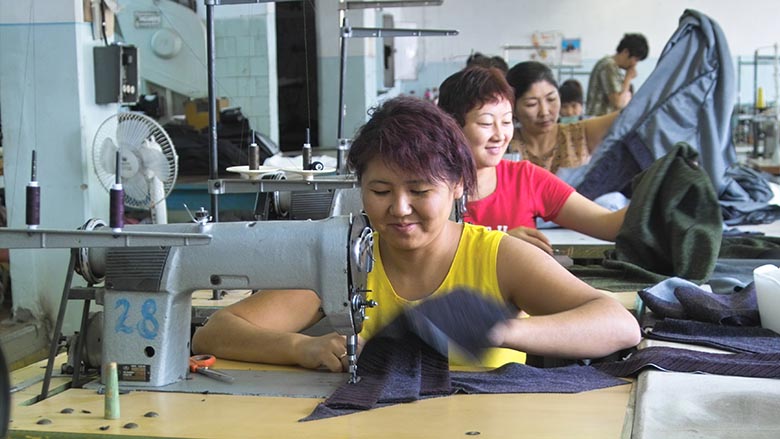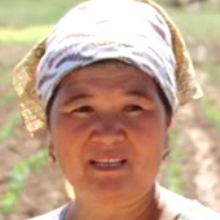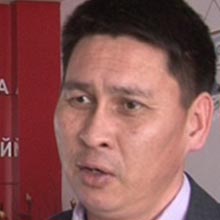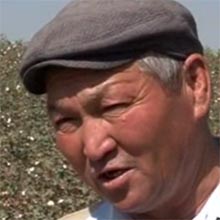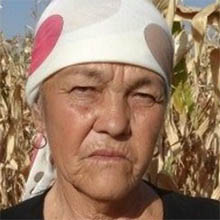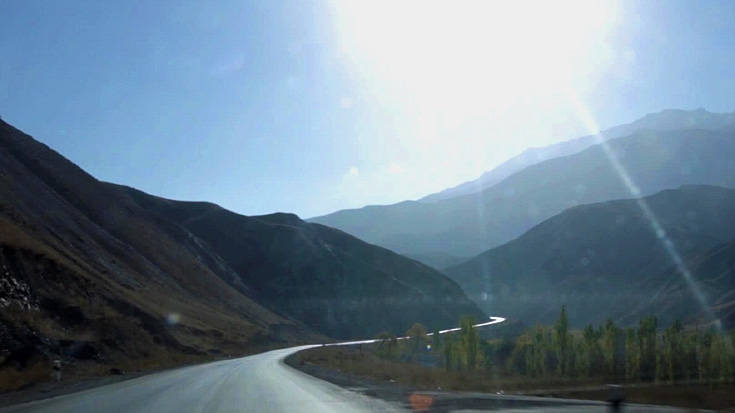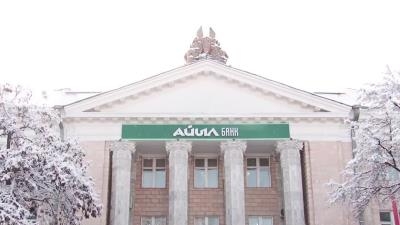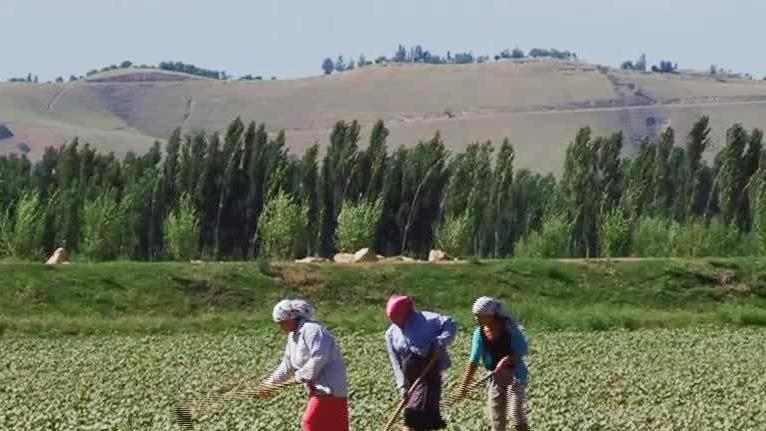Challenge
Landlocked and largely mountainous, with a population of nearly 6 million and a GNI per capita of US$1,250 in 2014 (Atlas methodology), the Kyrgyz Republic is one of the poorest countries in the Europe and Central Asia region. Barely 7 percent of the land area is arable; the rest is glaciers, mountains, and pastureland or steppe that supports livestock grazing.
The country’s natural resources—minerals (mainly gold) and water for hydropower generation—are also limited. The Kyrgyz economy is vulnerable to exogenous shocks, owing to its reliance on one gold mine, Kumtor, which accounts for over 10 percent of GDP, and on workers’ remittances, equivalent to about 30 percent of GDP in 2011–15.
Over the past decade, the country has achieved significant reductions in poverty, but progress has been uneven: poverty declined from 68 percent to 37 percent between 2003 and 2013, with faster poverty reduction between 2003 and 2008 than from 2009 onward.
According to the National Statistics Committee (NSC), the absolute poverty rate in 2014 was 30.6 percent. Although its economy and society are the most liberal in Central Asia, the country has experienced significant political and social instability since independence in 1991; weak governance and entrenched corruption were major stress factors underlying political and social upheavals in 2005 and 2010.
In order for the Kyrgyz Republic to realize its growth potential—including to export hydroelectricity as a nexus for regional trade and transport and to promote tourism—economic activities need to be diversified through increased private sector development and improved occupational skills and productivity in the young labor force.
Above all, dramatic improvements in governance are required, as public trust in government institutions at all levels and private sector confidence have eroded.
Approach
The strategic focus of the ongoing WBG program highlighted in the 2013–17 Country Partnership Strategy (CPS) has been supporting the Kyrgyz Republic’s efforts to improve governance, with particular emphasis on three broad areas of engagement: (i) public administration and public service delivery; (ii) the business and investment climate; and (iii) natural resources and physical infrastructure.
Support for these areas of engagement has been provided through concessional IDA lending averaging US$55 million annually (supplemented where appropriate by trust fund financing, including the Multi-Donor Health Results Innovation Trust Fund) and intensified analytical and advisory activities that emphasize practical, problem-solving advice.
A balance between investment and development policy lending has been maintained: in FY2014-2015 approved IDA lending made US$142 million, while development policy financing constituted US$74 million (2:1 ratio). The International Finance Corporation (IFC) has contributed to the CPS program by promoting private sector development through investment and advisory services that encourage diversification and competitiveness.
